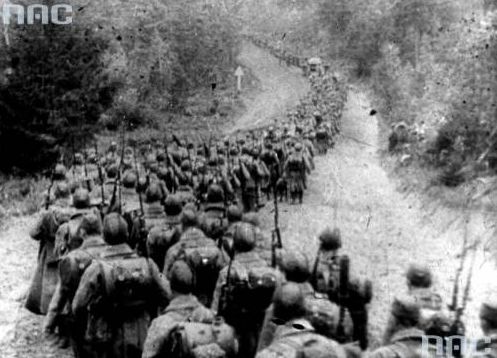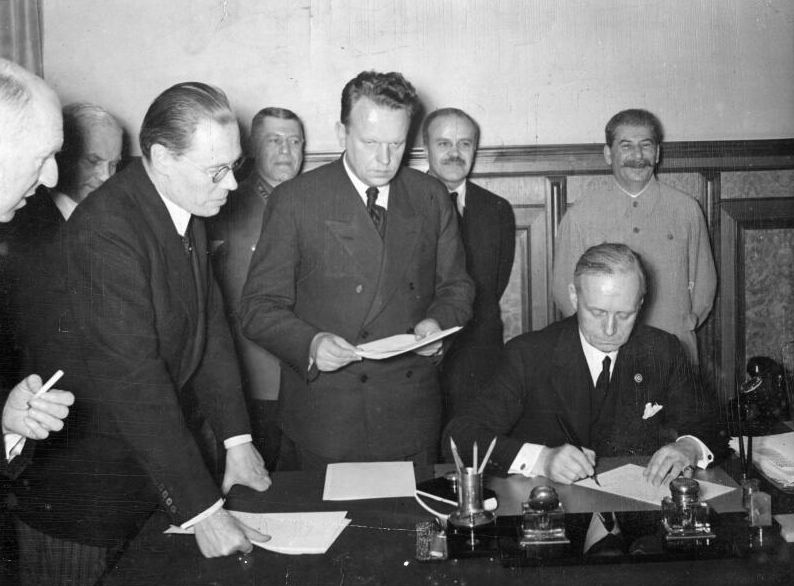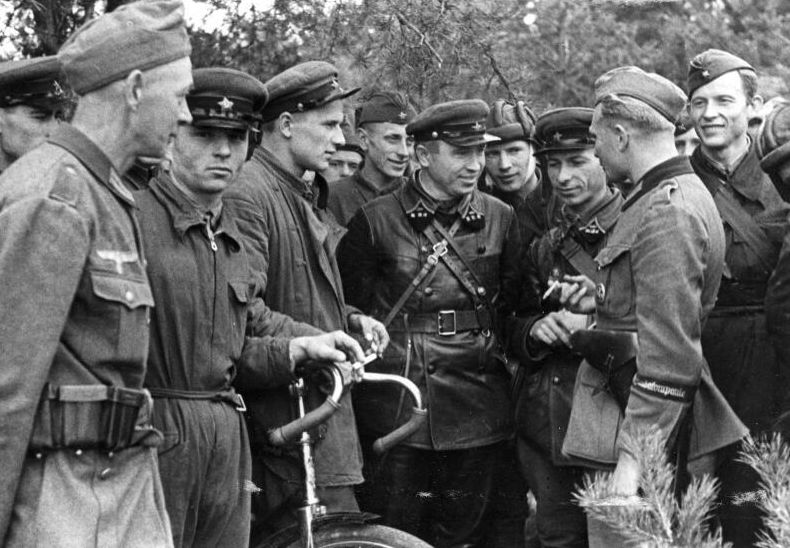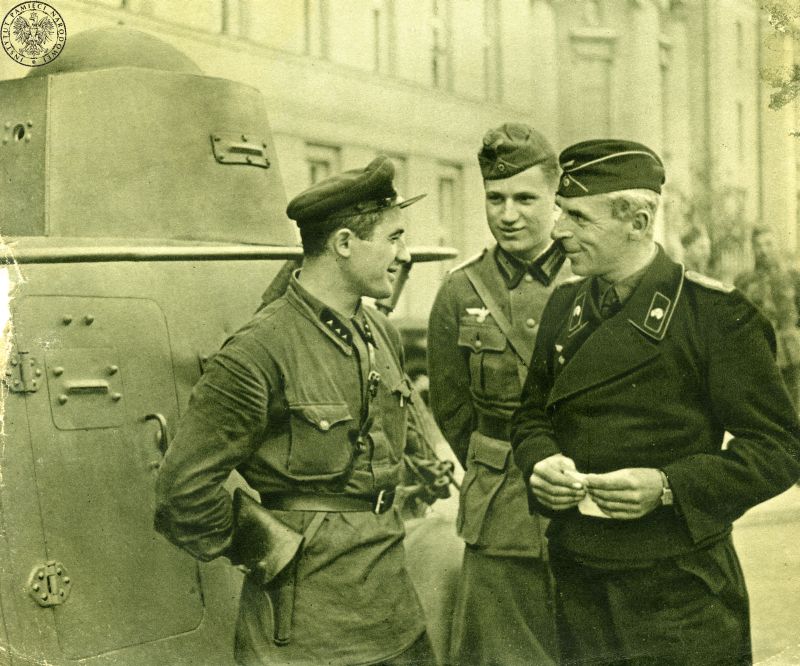The secret protocol also included clauses referring to close cooperation between the Gestapo (Secret State Police) and NKVD (People's Commissariat for Internal Affairs) in suppressing the Polish resistance movement.
The Gestapo in Germany and the NKVD in the USSR were government internal security agencies which gained notoriety for their crimes and exceptionally cruel methods of action.
With the arrival of the Red Army, a propaganda campaign was launched targeting the prevalent national minorities in the region: the Ukrainians, Belarusians and Jews. Shortly afterwards the Polish population started being subjected to repressions. Many were arrested, deported, even murdered. Captured Polish officers and policemen became the victims of mass executions, collectively known as the Katyn Forrest Massacre.
The NKVD executed thousands of Poles, including around 24,000 prisoners-of-war, officers of the Polish Army and policemen. A least 360,000 Poles, Jews and other inhabitants of eastern Poland were deported to Siberia or Kazakhstan.






